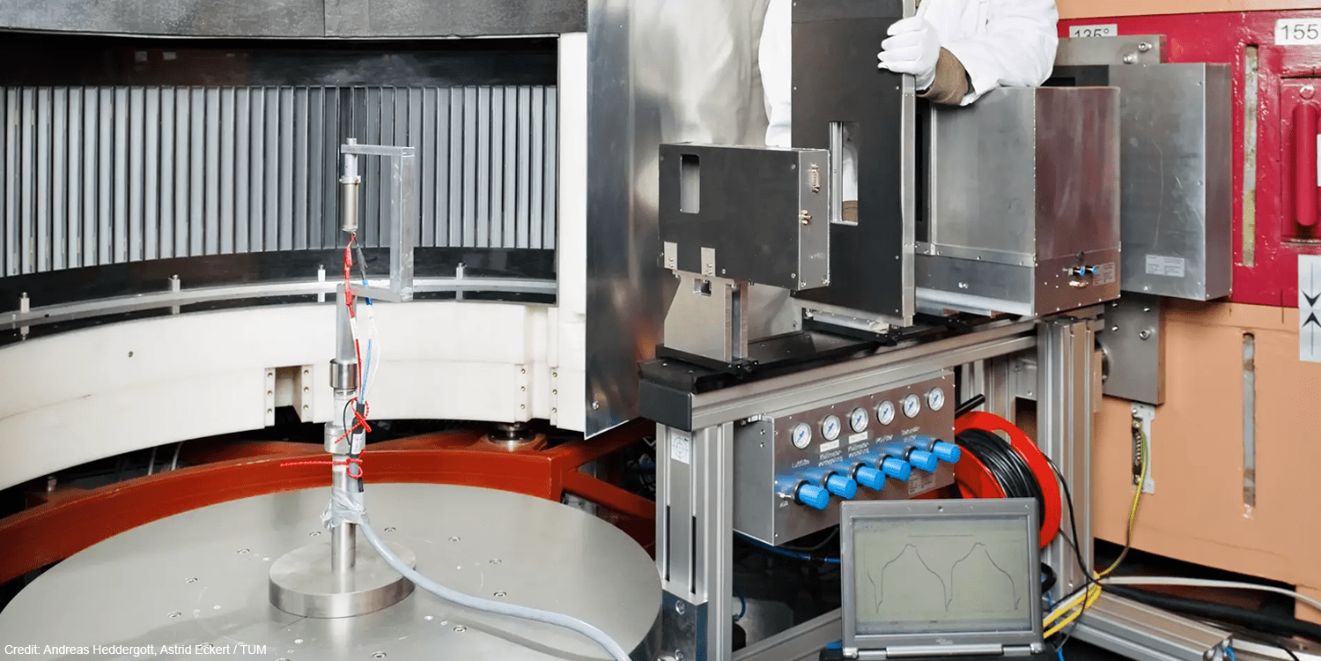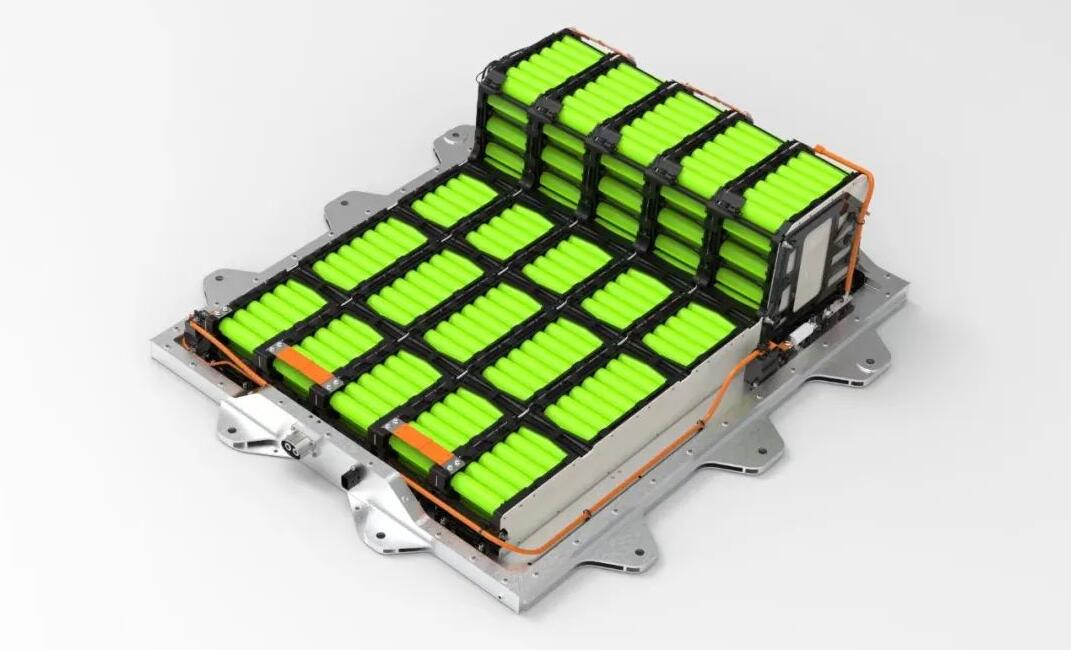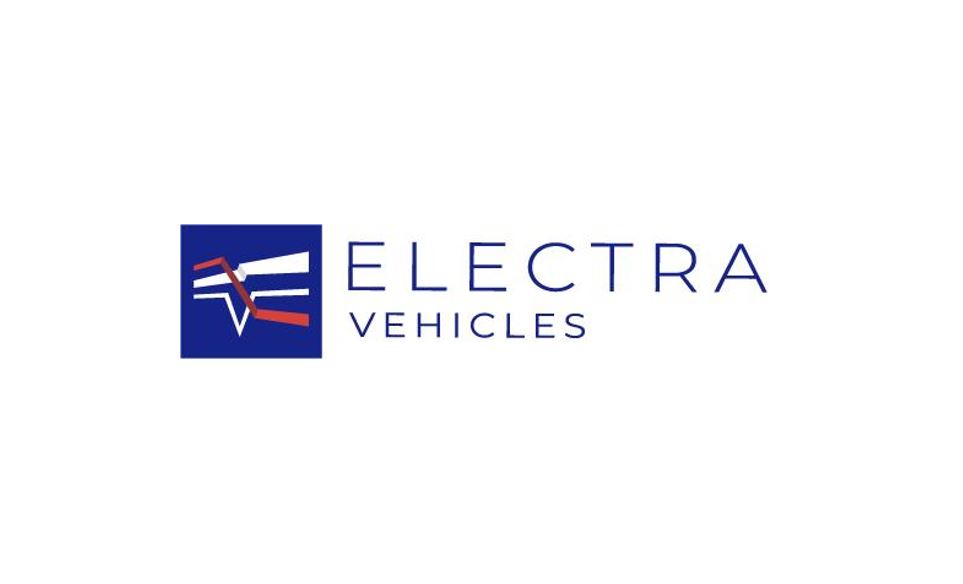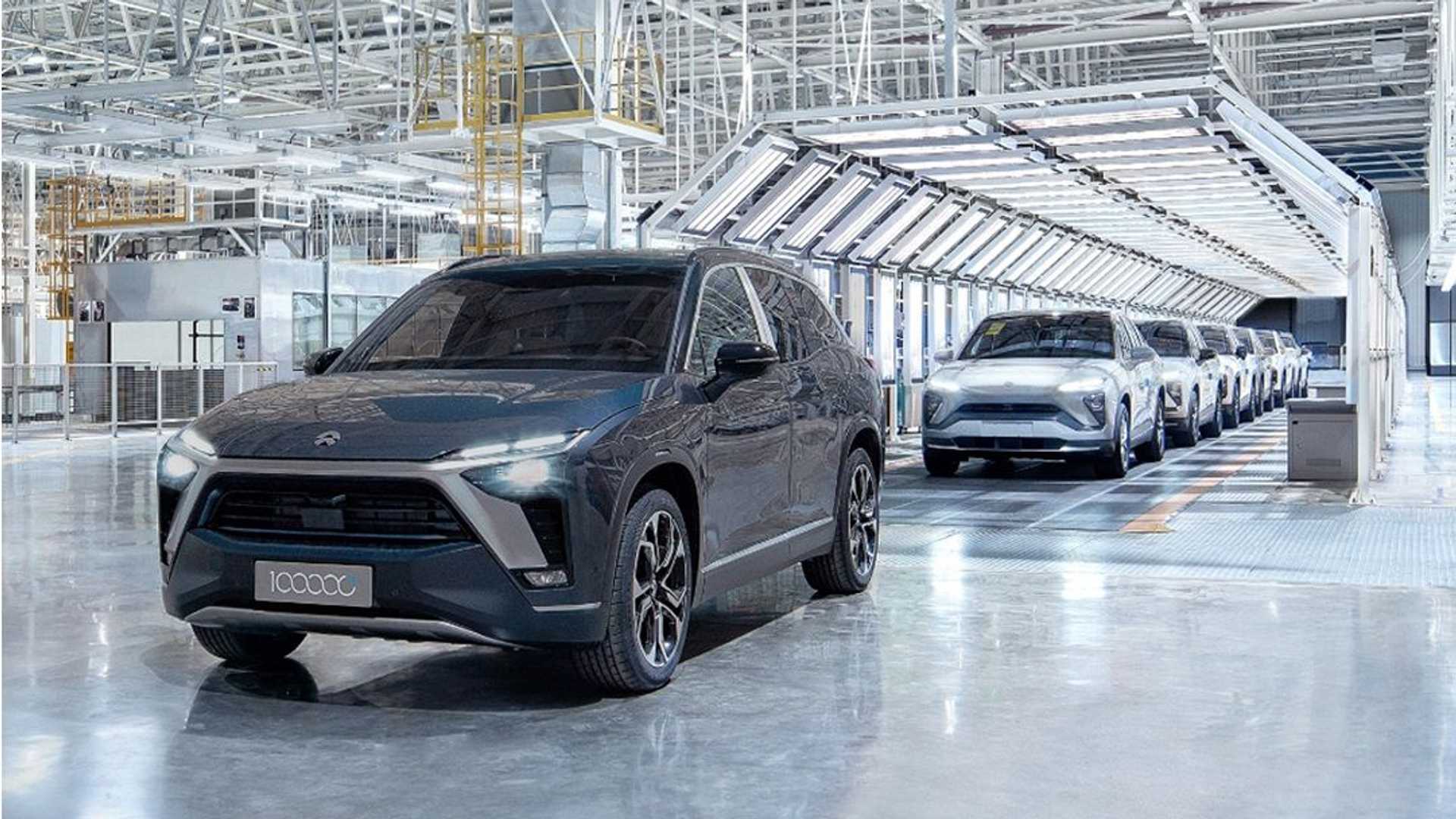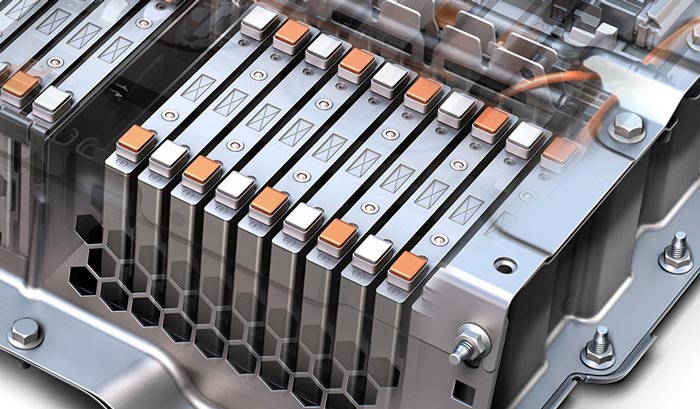A team of researchers at the Technical University of Munich (TUM) has discovered a new class of electrolyte materials that could significantly improve the conductivity of solid-state batteries. Solid-state batteries, which do not contain any liquid, are seen as the next frontier for battery technology, as they are more stable and safer than traditional liquid-based batteries. However, the slow diffusion of lithium ions through solid materials has been a major obstacle to their development.
The new class of electrolyte materials, which the TUM team discovered, is a crystalline powder that contains phosphorus, aluminum, and a high proportion of lithium. The researchers have found that this class of substances has a high conductivity and have already produced around a dozen new compounds with silicon or tin instead of aluminum.
See also: Pusan National University Researchers Develop Efficient Sodium-Ion Battery Anode for Energy Storage
The TUM team used neutron diffraction to visualize how ions use free spaces in the crystal lattice for their migration. They found that in the new class of substances, these free spaces are arranged in such a way that the ions are equally mobile in all directions. This is related to the high symmetry of the crystals and is probably the cause of the “superionic lithium conductivity.”
According to Professor Thomas Fässler, who is leading the research team, the new class of electrolyte materials has the potential to “accelerate the development of more powerful batteries.” The project was funded by the Bavarian State Ministry for Economic Affairs, Regional Development, and Energy.
Overall, the discovery of this new class of electrolyte materials is an important breakthrough for the development of solid-state batteries, which could revolutionize the battery industry by providing more powerful, safer, and more stable batteries for a range of applications. With this promising new discovery, researchers can now work towards optimizing the properties of these materials to create better and more efficient solid-state batteries in the future.

